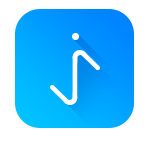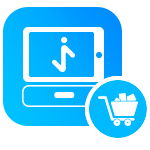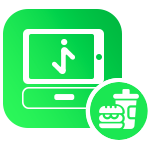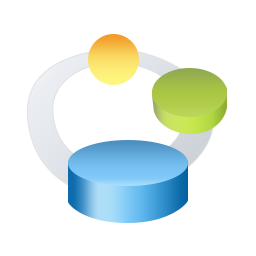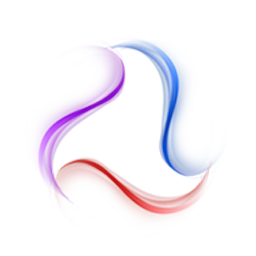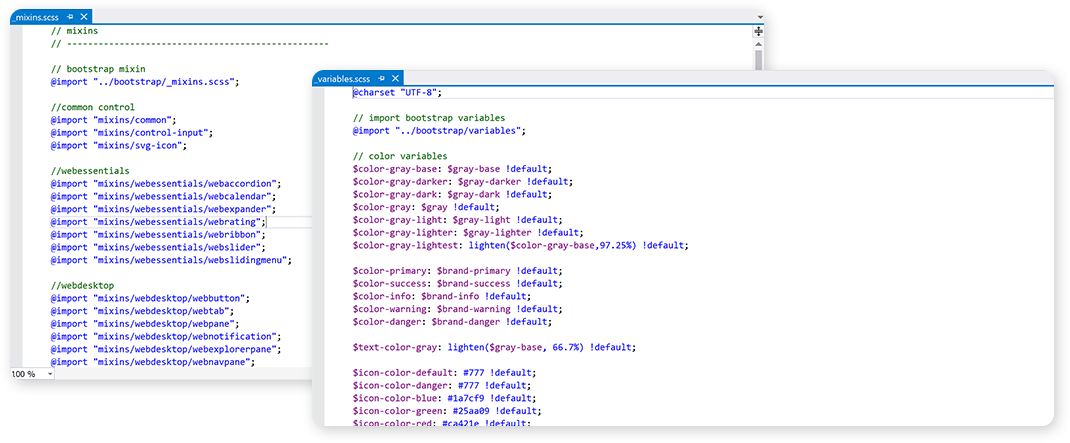
WebScheduler 5
WebScheduler 5 is the most significant release since its inception, featuring a completely re-engineered user interface for the most sophisticated scheduling experience. Over hundreds of elements and interaction styles – from the header, toolbar, events to callout and editing form – have been redesigned with clean and spacious layout, and modern appearance.
Building on the state-of-the-art WebUI modern theme, every scheduler view now leverages SVG icons for the most sharp, pixel-identical interface. A new version of editing form is also available which leverages HTML5, Bootstrap, and WebUI modern theme, which provides an ultimate editing experience

